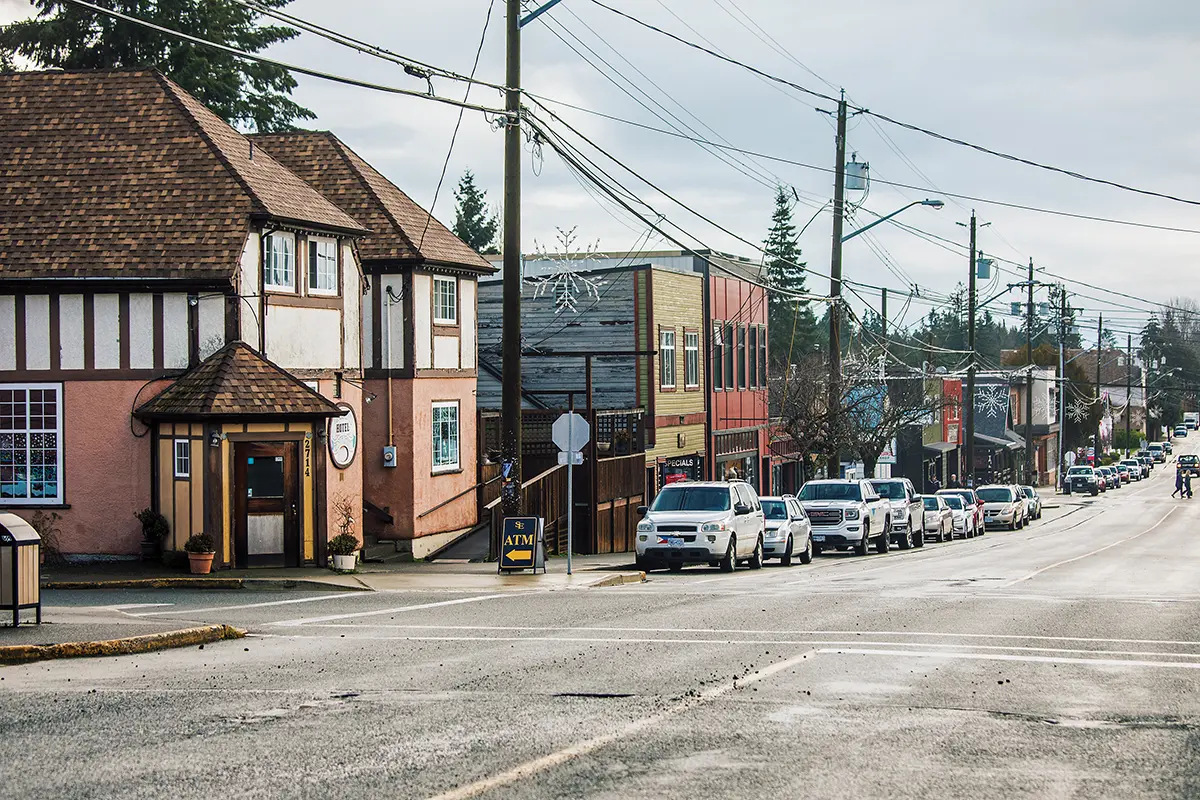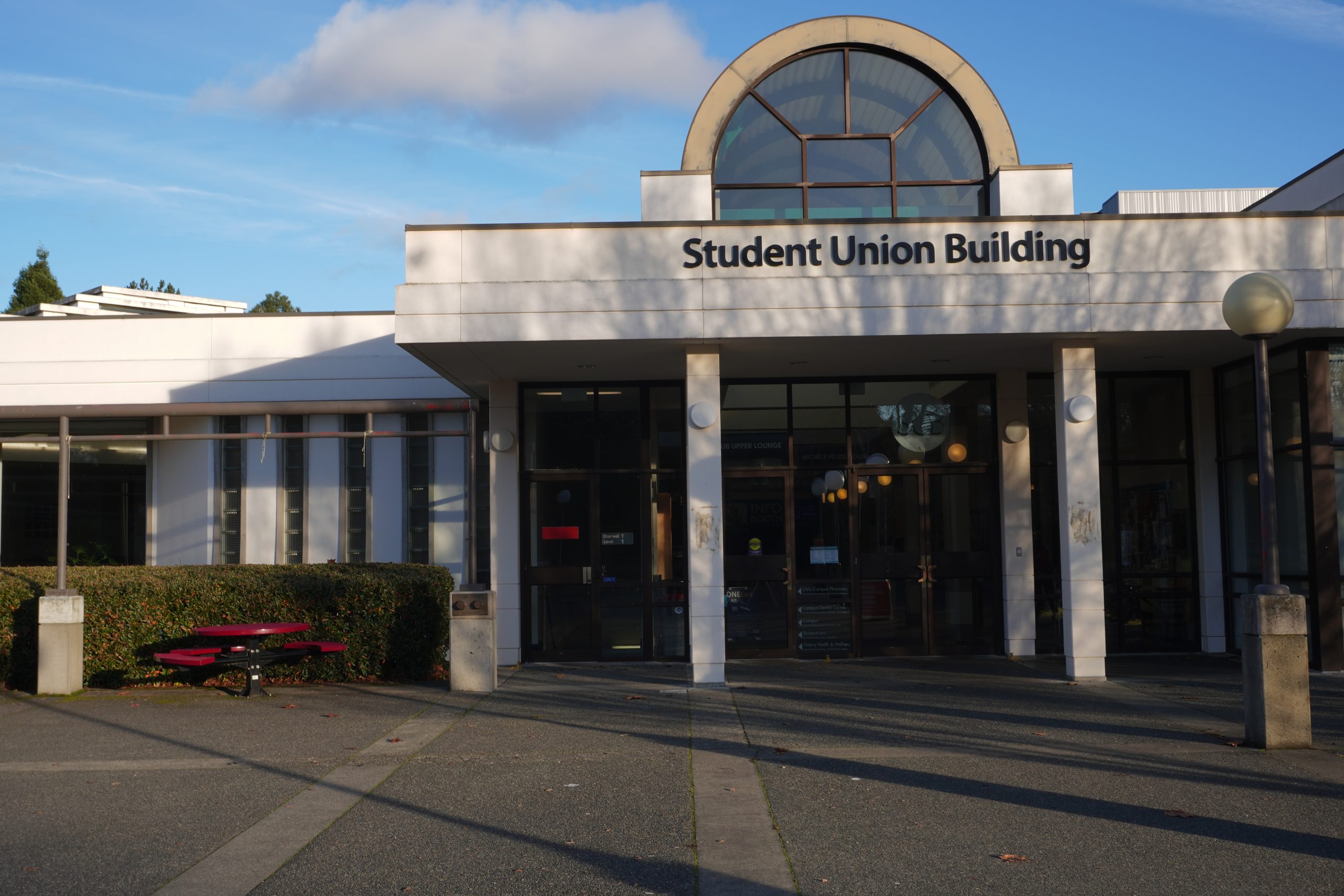Victoria’s Legacy Art Gallery is currently showcasing an Indigenous button blanket (dancing regalia) that is six metres tall and six metres wide: a world record. Peter Morin and Carolyn Butler-Palmer, collaborating with Butler-Palmer’s UVic HA 392 undergraduate class, headed the project. The exhibit is called “Adaslā: The Movement of Hands.”
The makers started sewing in September and finished in December. “It was over the course of several weeks, twice a week at the First Peoples House,” says Collections Curator Caroline Riedel. “Students, teachers, and community members all working together.” The community effort created the six-by-six record-breaking button blanket, and that fact is made clear when one notices the variety of buttons that make up the pattern.
The main button used is mother-of-pearl; however, certain buttons are different and some even include a tag saying where and when it was collected. Plastic, brass, wooden, and even elk-horn buttons add a unique community feeling to the blanket.
The project came together this year thanks to the collaboration of Morin and Butler-Palmer. “Peter had this idea on the back burner, at least several years prior,” said Riedel. “He just hadn’t found the right venue, the right collaborators.”
“It is the underlying community collaborations that this represents. It brought together Aboriginal teachers, students, and community members,” she says.
Butler-Palmer says that—to her—community is “a place where we form bonds as we create. We create a lot of bonds among community members in the production of a single thing.” Butler-Palmer also says, “This particular project I think goes beyond that. It allowed us to create community in a classroom setting, through co-creation of this monumental blanket. It also forged connections in the community of button blanket-makers.”
For Morin, “there is no blanket without community.” Morin feels that “community carries the spirit of the nation,” and that “these blankets are records or documents of that spirit.”
A side gallery also features work done by each of the teachers involved in making the button blanket. These blankets are not record-breaking in size, but more traditional-sized button blankets that were originally worn around the shoulders. Riedel thinks these works really highlight “the skill level of the people who were involved.”
“We wanted to make it monumental in scale because button blanket robes have long been overlooked by conventional art history,” said Butler-Palmer during a phone interview. “So we thought one way of doing that was to play with the scale of the blanket.” The large-scale effect is aimed to mirror another large Indigenous art form: the Totem Pole.
Salmon glide up the sides of the red and black blanket. This is said to acknowledge the ancestors’ gifts of salmon to them. The centre is adorned with a great white lunette, contributed by Tsartlip artist Barrie Sam. The design is said to have come to Morin in a dream—a creative process that is congruent with the teachings of the Tahltan people.
The button blanket will be part of the diversity forum on Jan. 29 at the First Peoples House. There will also be a performance piece given by Morin and Rebecca Bellmore on Feb. 22 at 2 p.m., in association with the Legacy Art Gallery. Bellmore is an internationally recognized Indigenous performance artist.
“For us it’s a major happening that she is willing to come here, and we’re looking forward to that,” said Riedel. The exhibit is free for the public to view Wednesday to Saturday until April 25.








